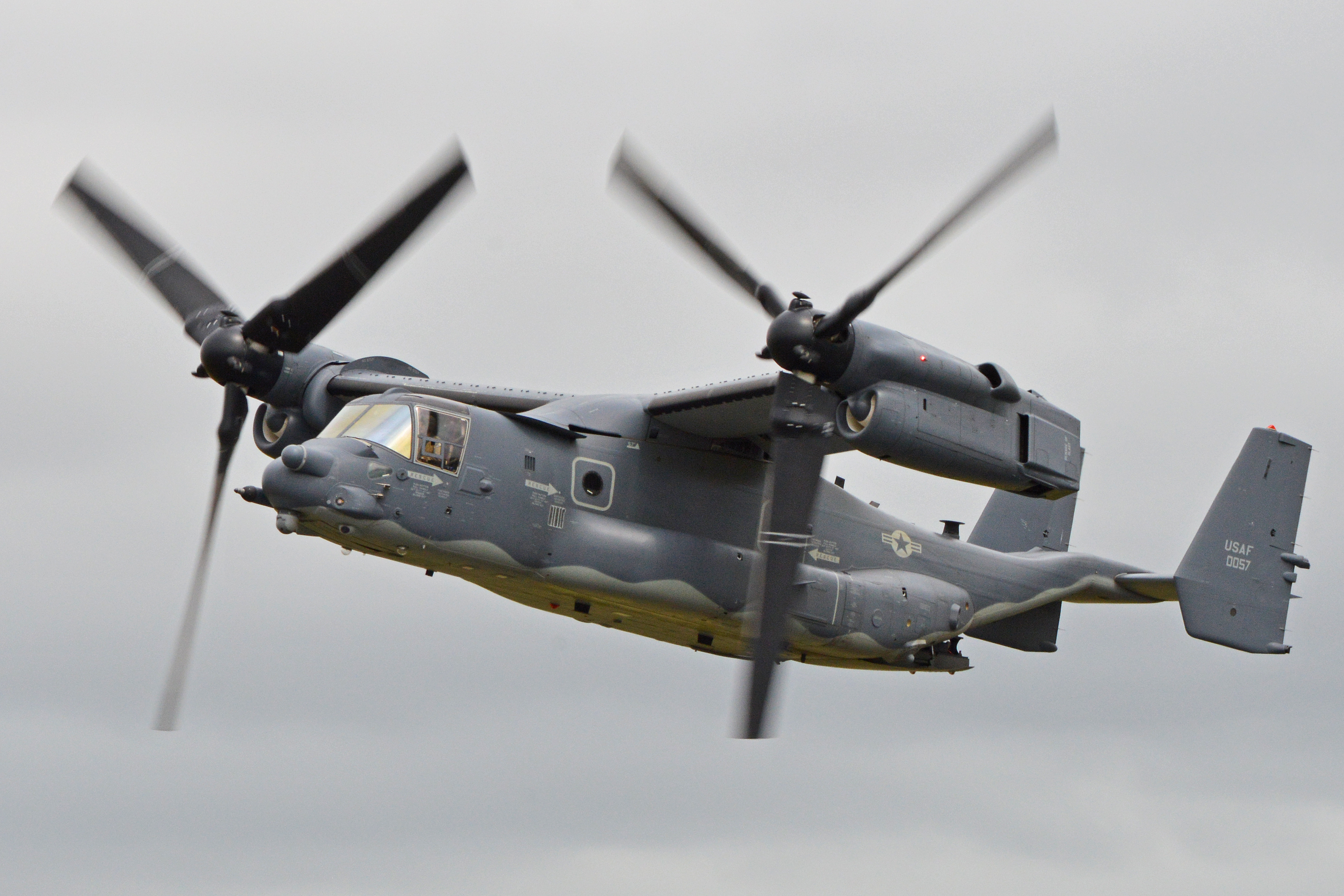The United States Navy Seal Team 6, which recently rescued an American hostage in a long-range mission in Africa, made use of a specialized elite unit of military aircraft including the CV-22B Osprey and MC-130J Commando II.
Last month, 27-year-old American citizen Philipe Nathan Walton was abducted from his farm in southern Niger by six assailants, following which the Seal Team Six carried out an emergency extraction mission and safely rescued him.
According to unconfirmed reports, the special unit was flown in the MC-130Js above the area where Walton was being held hostage, with the operators than using parachutes to glide down and carry out the deadly mission.
The special force unit killed all but one of the captors before rescuing Walton after which the CV-22Bs were used to recover the assault team along with the hostage from the spot.
According to reports, the Ospreys and MC-130J Commando II deployed in the mission belonged to the 352nd Special Operations Wing (SOW), which is based at the Royal Air Force (RAF) Mildenhall in the United Kingdom.
The 352nd SOW is the operational unit belonging to the US Air Force’s Special Operations Command (AFSOC) currently stationed in the UK with its heritage dating all the way back to 1944.
The team acts as the US’ regional “9-1-1” emergency response force for Europe and Northern Africa as it specializes in executing emergency high-stakes missions of the exact nature.
According to Jamie Hunter, writing for The Drive “- Assembling the required assets for the rescue detail saw the activation of as many as six Ospreys and no less than four MC-130Js, which dashed from their base in the United Kingdom to Naval Air Station Rota, in Spain,”
Four of these forward-deployed Ospreys were subsequently launched for the clandestine long-range, round-trip to Nigeria, where Walton was being held. Four KC-135Rs joined the assault, and these were used to refuel the MC-130Js, which in turn topped-up the fuel tanks of the Ospreys in order to facilitate such a long-range rescue, that spanned at least 1,700 miles each way,”
The mission also included an AC-130J gunship, which was likely to have provided top cover during the actual extraction phase, along with a U.S. Navy P-8A Poseidon, which likely employed its sensors and communications to provide command and control and overwatch support.”
Following the completion of the mission, Assistant to the Secretary of Defense for Public Affairs, Jonathan Hoffman, spoke highly of the special forces in carrying out the operation in a timely manner.
“U.S. forces conducted a hostage rescue operation during the early hours of 31 October in Northern Nigeria to recover an American citizen held hostage by a group of armed men,”
This American citizen is safe and is now in the care of the U.S. Department of State. No U.S military personnel were injured during the operation,”
We appreciate the support of our international partners in conducting this operation. The United States will continue to protect our people and our interests anywhere in the world.”
The success of the mission clearly highlights the importance of AFSOC’s procurement of the CV-22 Osprey. The need for the aircraft arose in the aftermath of a failed attempt at rescuing American hostages, who were held by Iranian revolutionaries in 1980.

Entering service with the 1st SOW at Florida’s Hurlburt Field, in early 2007, the Bell-Boeing CV-22B Osprey is a multi-mission, tiltrotor military aircraft, capable of vertical takeoff and landing (VTOL) as well as short takeoff and landing (STOL) capabilities.
Built by the team of Bell Helicopter and Boeing Helicopters (Bell Boeing), the aircraft has been designed to combine the functionality of a conventional helicopter along with the long-range, high-speed cruise performance of a turboprop aircraft.
On the other hand, Lockheed Martin’s MC-130J Commando II is a variant of the MC-130 special mission aircraft, which is based on the C-130 Hercules transport.
The aircraft which has been specially built for the use of the AFSOC carries out a host of missions which include infiltration, exfiltration, and resupply of special operations forces, while also being capable of air refueling of special operations helicopter and tilt-rotor aircraft.